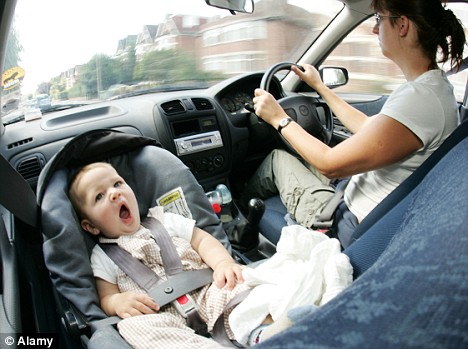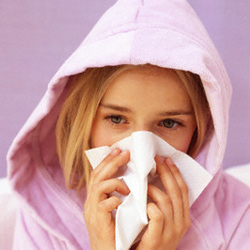March 21, 2011 -- In a new policy statement published in the April 2011 issue of Pediatrics, the American Academy of Pediatrics now advises parents to keep toddlers in rear-facing car seats until age 2, or until they exceed the height or weight limit for the car seat, which can be found on the back of the seat.
In addition, they recommend that when children 2 or older reach the maximum weight or height for a forward-facing seat with a harness they transition to sitting in belt-positioning booster seats until they have reached 144 cm tall and are between 8 and 12 years old.
Once they've outgrown the booster seat, the guidelines say all children under 13 should still ride in the back seats of the car.
Rear-Facing Seats Are Safer
The previous AAP policy, issued in 2002, advised that infants and toddlers remain in rear-facing safety seats until they reached the limits of the car seat, but cited 12 months and 20 pounds as a minimum. As a result, many parents turned the car seat around on the child's first birthday.
But new research has shown that children under age 2 are safer in rear-facing car seats. A 2007 study in the journal Injury Prevention found that children under age 2 are 75 percent less likely to die or to be severely injured in a crash if they are rear-facing. Another study found riding rear-facing to be five times safer than forward-facing.
A rear-facing child safety seat does a better job of supporting the head, neck and spine of infants and toddlers in a crash, because it distributes the force of the collision over the entire body.
The ‘age 2’ recommendation is not a deadline, but rather a guideline to help parents decide when to make the transition. Smaller children can remain rear-facing longer.
Types of Car Safety Seats at a Glance
Source
American Academy of Pediatrics

Your Baby checkup
what are the vaccinations that he should have taken until now?
Generate a report for my baby.
Track Your Baby Vaccinations
Find Your Baby name
Mohandessin
01002195777
01000012400
0233048350
Beverly Hills
01000012900
0238576831
El Tagamo3
Al Sheikh Zayed
02- 38514031
01000608597



